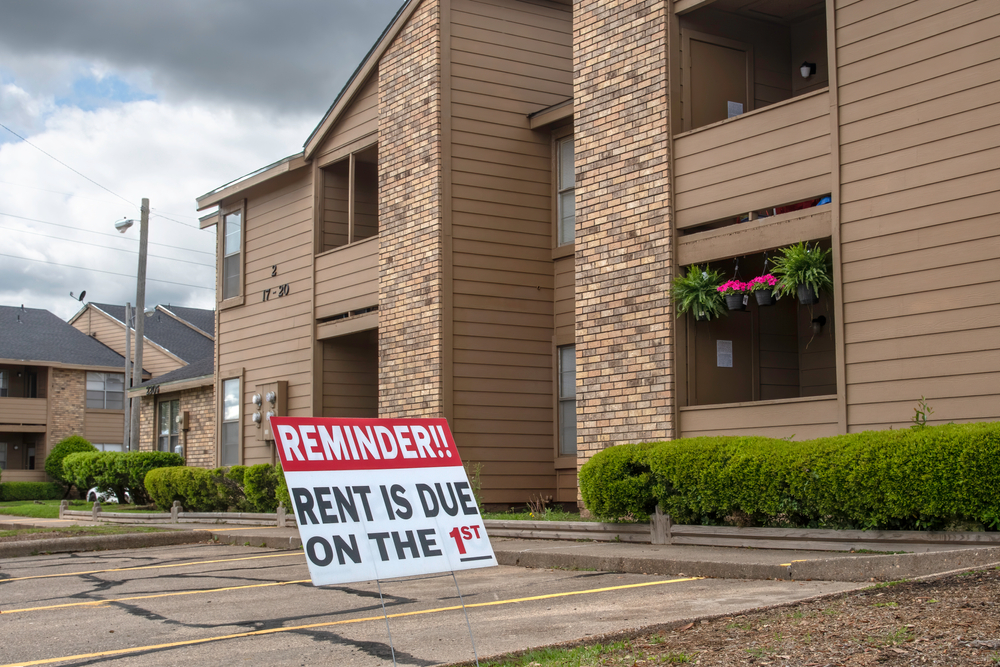On December 1, 2023, HUD issued a proposed rule (Click to View HUD’s Proposed Regulation) that would require owners, landlords, and Public Housing Agencies to give tenants a 30-day written notice before initiating the formal eviction process.
HUD says that this proposed rule applies to tenants residing in public housing or in properties receiving project-based rental assistance who are facing eviction for nonpayment of rent. If adopted, this rule would require owners, landlords, and PHAs to revise their leases.
It would also give tenants the opportunity to investigate and pursue other means of financial assistance and provide instructions that would allow tenants to clearly understand how to avoid the commencement of a formal judicial eviction proceeding for non-payment of rent.
If the rule is finalized, HUD plans to issue sample 30-day-notice language that PHAs and owners may use. PHAs and owners would also be permitted to draft their own notices if those notices included the required contents laid out in the final version of the rule.
The public comment period on this proposed rule ends January 30, 2024.
The proposed rule would cement a change made during the pandemic
On October 7, 2021, HUD published an interim final rule titled “Extension of Time and Required Disclosures for Notification of Nonpayment of Rent” (the interim final rule), to assist with the response to the national COVID–19 pandemic and future national emergencies. HUD, along with other Federal agencies, responded to the national emergency declaration during the COVID–19 pandemic with efforts to support families impacted financially by the COVID–19 pandemic and at risk of losing their housing.
HUD’s rationale for extending eviction notice standards
In the notice, HUD mentions that other programs – notably the HOME program – already require a 30 -day written notification prior to beginning the eviction process and that the proposed rule would create alignment among HUD programs.
Also, HUD says that eviction has long created housing instability for renter households and is linked to long-term negative consequences, particularly among children. Eviction filings, HUD writes, also put households at increased the risks of homelessness, thereby burdening already over-subscribed State resources, including the shelter system and, furthermore, without a steady address, low-income households have trouble applying for and maintaining employment.
Balancing landlord and tenant rights
Making this rule permanent may frustrate many who operate multifamily housing programs. Before the proposed rule was issued, the National Apartment Association (NAA) released statements opposing rules that limit the ability of property owners to manage risks and financial losses. It can be difficult to balance protections for residents with reasonable assurances for property owners that they’ll be able to recoup their losses and protect their investments. The public comment period allows stakeholders in affordable housing an opportunity to voice any concerns.



